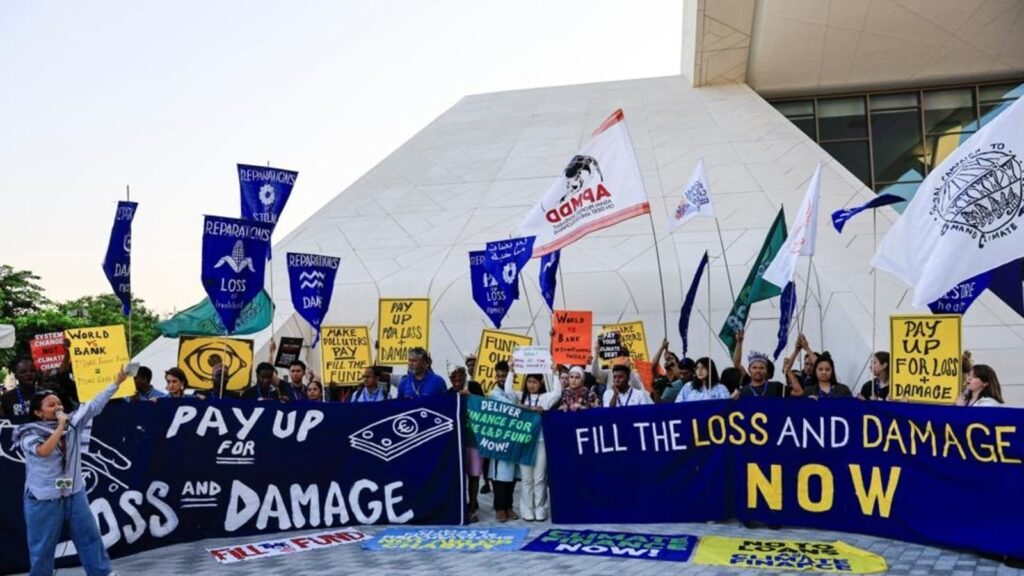In a major leap forward, countries attending the UN Climate Conference (COP28) in Dubai agreed at the opening plenary of the first day to set up the Loss and Damage fund — a hard-won victory that came after years of disagreement between developed and developing countries over who should contribute to the fund, and a year after it was established in principle at the “breakthrough” COP27 in Egypt. But progress in Dubai since has been slow, with commitments from most countries falling short of expectations. Last week, it was agreed that the World Bank would host the fund with an initial pot of $429 million. Till December 5, according to an online pledge tracker by Natural Resources Defense Council, the fund had pledges totalling $655.9 million, including a paltry $17.5 million promised by the US, historically the worst greenhouse gas emitter. In comparison, the UAE – this year’s conference host and a developing country – has pledged $100 million. This was slightly topped by Italy and France, both promising $108million. But irrespective of the initial contributions, the amount is meagre considering the scale of the challenges that developing countries face. For instance, the damages in Pakistan after the 2022 floods were estimated to be around $16 billion. According to UN estimates, developing countries will need over $300 billion annually by 2030 to fight the climate crisis. And the costs are rising, with poorer nations demanding that these funds be given as grants instead of loans.
It is called the loss and damage fund because it is expected to deal with situations in which communities can no longer adapt to climatic impacts or prepare for it because the damage has already been done; essentially, a situation where there is no scope to mitigate or adapt. However, countries have divergent views on who contributes to the fund. Some developed countries led by the US, argue that developing countries including India and China, whose economies have grown manifold in the last three decades, should also contribute to the fund. India has strongly objected, arguing that its current high level of emissions is still lower than the historic emissions of developed countries. This newspaper reported on November 27 that India’s responsibility for the climate crisis is likely to be 15% lower than previously thought if the period of British colonial rule is accounted for. There are also differences over the principle of common but differentiated responsibilities and respective capabilities (CBDR-RC), as enshrined in the UN Convention on Climate Change, which allows for equitable sharing of the burden of climate change.
The second week of negotiations is likely to be long. India is yet to sign some of the key agreements over similar concerns. For instance, Delhi did not sign the pledge to triple renewable energy capacity by 2030 over disagreements on the coal phase-out. While developed nations have agreed on ending new investments in coal but not all fossil fuels, nearly 75% of India’s energy needs are provided for by fossil fuels. Can developing countries be forced to do something that developed nations have not fully committed to yet? In the absence of a consensus, the agenda will be pushed to the next year, a time by which the world may have already breached several thresholds, pushing humanity into an abyss.

